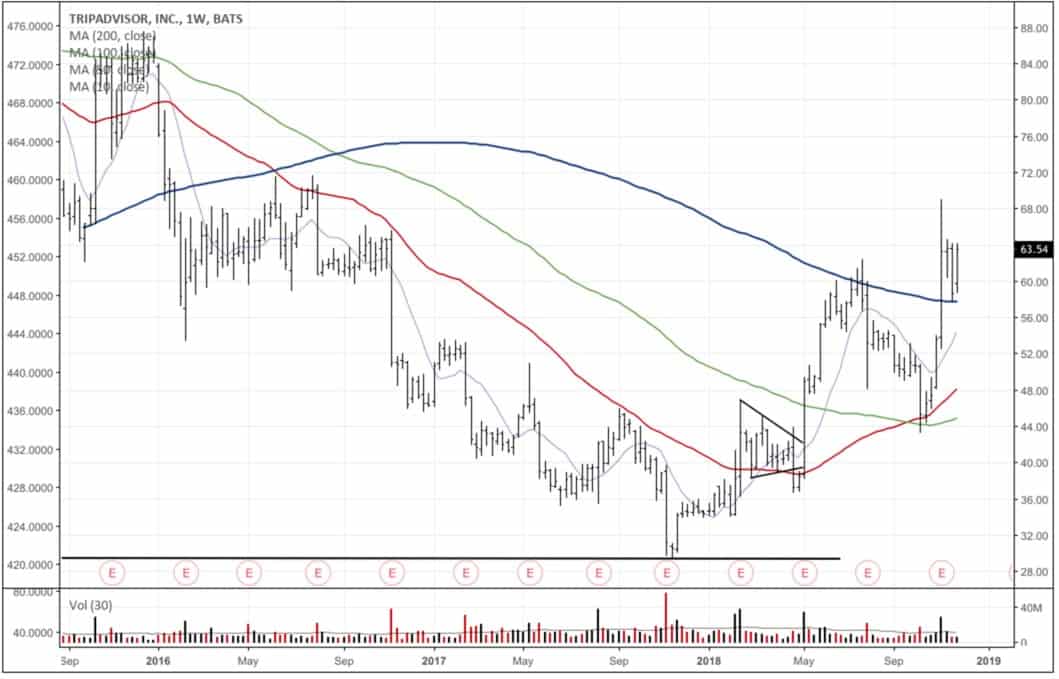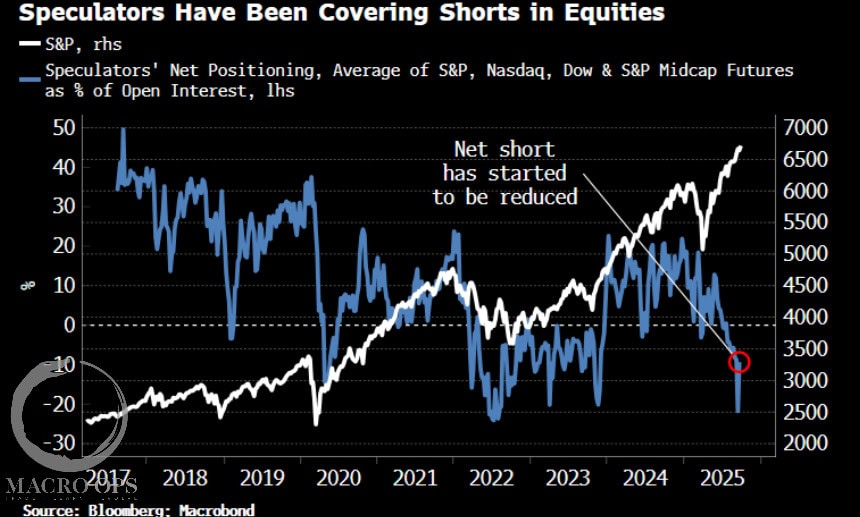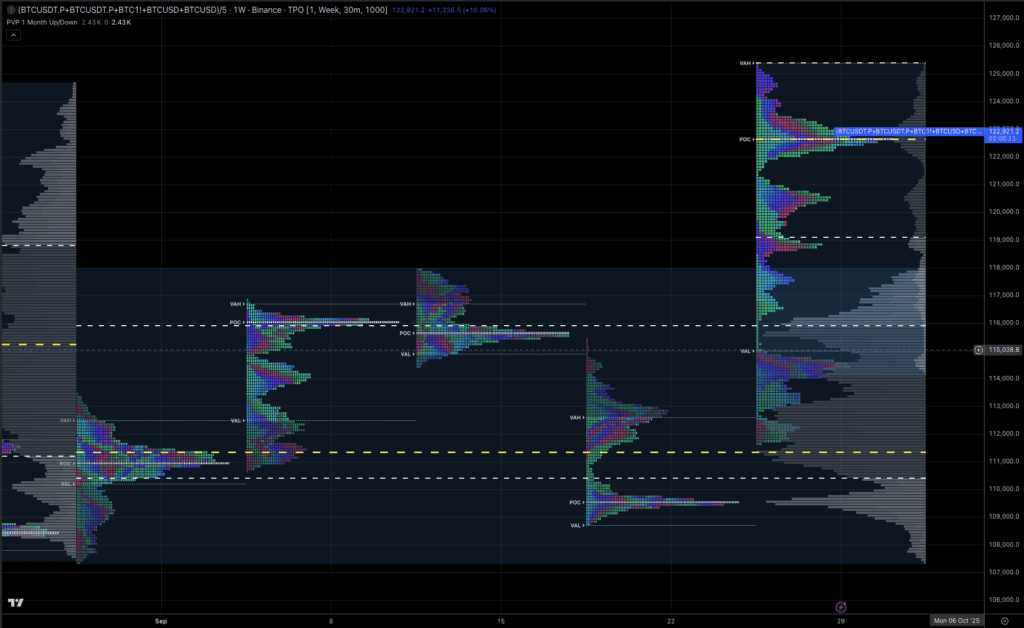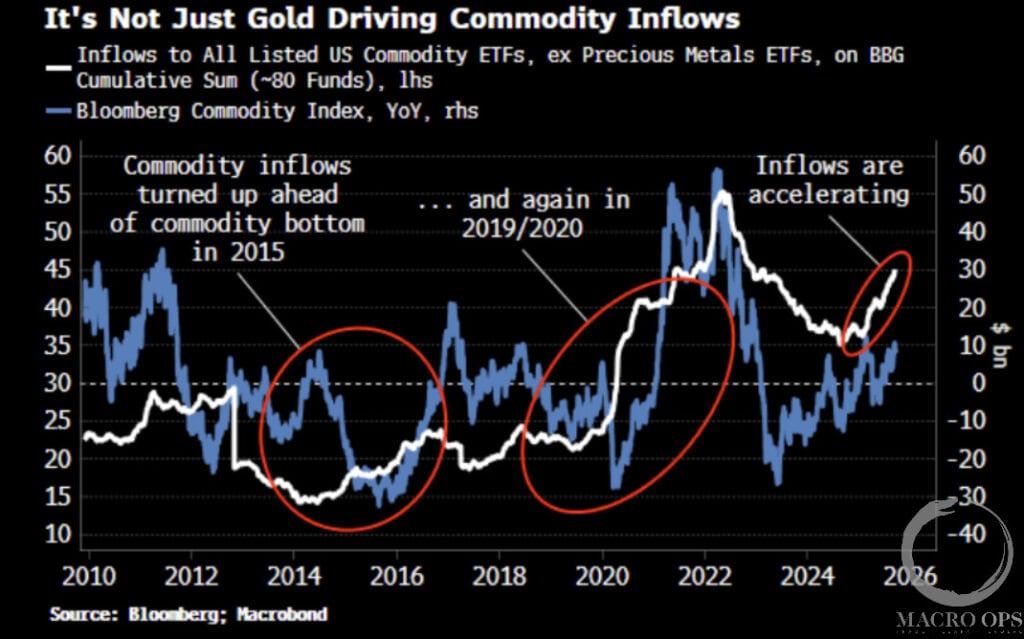Alex here with this week’s Macro Musings.
As always, if you come across something cool during the week, shoot me an email at alex@macro-ops.com and I’ll share it with the group.
Articles I’m reading —
Take a few minutes and read this short article by John Curran (formerly a partner at Bruce Kovner’s shop Caxton Associates, and now CIO of a family office). John gives his insightful take on the current macro environment and where he thinks we may be headed (hint: it’s not good). He starts off discussing his concerns over the growing supply of Treasuries, noting the lack of foreign buyers due to dollar hedging costs, and how this is likely to lead to rising interest rates and subsequent multiple contraction for US stocks.
He then talks about how the rise of passive investing may lead to forced indiscriminate selling if/when the market should fall below a certain uncle point, writing:
There is an important psychological distinction to be made here. Passive investors, through indexing, willingly sacrifice the potential for gains greater than the benchmark. In market downturns, they find temporary comfort in the fact that their drawdowns or losses are on par with the market. However, when-less informed participants reach their individual absolute pain threshold, they may become emotional sellers regardless of price and valuation, and in the case of passive or index investing this leads to wholesale liquidation of the entire market, not merely in justified overvalued individual sectors. In the past we have seen examples of bear markets led by technology, banking, or housing sectors and selling was predominant and focused in the sectors. In the liquidation phase of the current huge passive contingency, it will be the entire market being sold regardless of sector-specific fundamentals and, as these pain thresholds are breached, the selling will trigger new pain thresholds and the feedback loop will be in full force.
Read the article in full (link here) and h/t to Kean Chan for sharing this with me.
Next, read this interview (link) with one of my favorite China watchers, Tim Murray of J Capital, in the Financial Review.
The interview covers Tim’s fascinating career and how he initially got his start doing business in China and then dives into his thoughts on the current macro space there and where things are going — he thinks major stimulus is done for now, the renminbi is headed to 10, and commodities are slinking towards a cliff. He also has this to say about China’s tech powerhouses:
Tencent and Alibaba, those two. What are they? They’re frauds for sure. Now you can talk about it because they’ve already come off [in price], but you couldn’t have talked about this two years ago, if you’d said that, people would say ‘you’re a crank’.
But, you couldn’t have proved it. Look at their level of disclosure, there’s nothing there. Alibaba and its GMV – whatever GMV is – you can’t prove anything. Tencent was always what we call propping and tunnelling: pretending they had high profits and then tunnelling fake cash off the balance sheet through acquisitions. That’s a very common strategy. But hard to prove for an organisation of that size.
Hedge funds would often respond, “who cares? All companies in China are a bit fraudulent. As long as it’s making money. There’s a lot of that.”
I agree, which is why I’m short BABA.
Lastly, for you more wonkish types, here’s Patrick O’Shaughnessy’s follow up to his Factors from Scratch paper.
Oh, and one more. Here’s a good blog post with comments from Buffett and Munger on how to read an annual report (link).
Video I’m watching —
Check out this interview with hedge fund manager Steve Cohen (link here) and h/t to @neckarvalue for sharing.
Steve talks about his beginnings and some of his philanthropic endeavors. The more interesting stuff starts around the 20 minute mark when he talks about his firm’s move into quantitative investing and some of the more esoteric data sets they use to gain an edge. Then you can skip over the middle section where they talk about his art collecting and move to the Q&A at the end, where he fields questions about the market and investing.
Book I’m reading —
This week I’ve been reading The God of Trading, Honma by Lee Hyong-do which is about the original trading OG, Honma Munehisa. Munehisa is a trading legend who is believed to have amassed a fortune of over $100B in today’s money trading rice in Japan during the mid 18th century. He also invented candlestick charting as well as basic technical analysis with being the first to discover Head and Shoulder turning points (he called them the Three Mountains) as well as a handful of others.
Honma supposedly wrote a book titled Honma’s Fountain of Gold where he detailed his trading philosophy. I haven’t been able to find a copy of that one but this book does a good job of sharing and summarizing the main points from it.
All in all it’s a fun read. There’s a lot of fluff which you can skip through but there are the occasional gems that make it worth it. Here’s one, where the author recounts a story told by Munehisa about a time after he blew up his account early in his career and so he went to spend some time at a Buddhist temple to try and get his head straight.
While he was staying in the temple, doing nothing really fruitful, the chief monk of the temple came to see Honma Munehisa as he was turning and tossing in his bed. Watching the man who had locked himself in the room without going out even once, the monk asked Honma Munehisa, “Mind if I ask you what you are doing lying in bed?” Seeing the monk who stood in the doorway, Honma Munehisa reluctantly sat up and said, “I was just lying down. I don’t have anything particular to do, do I?” Sensing how desolate he felt, the monk beckoned to him and said, “Come here. Come here and sit down.”
Honma Munehisa dragged himself out to sit on the wooden porch, next to the monk. Then the monk asked him, “Do you see the flag over there?” He was pointing at a flag that was fluttering behind the fence. “Yes, I see that.” “Why do you think the flag is fluttering?” After thinking for a while, he answered, “Of course it flutters because the wind is blowing.” “Is there another answer?”
Honma Munehisa stared at the monk, blinking his eyes, before he managed to answer, “Well, could it be because of the chi energy that runs through the universe?” Believing that there must be a different answer, he thought hard but he could not come up with anything that sounded reasonable. All he could find was an answer which he thought was just as lousy as the first one.
The monk stared at Honma Munehisa‘s face for a while and said, “The flag is fluttering because your mind is shaky.” After spitting out the words that seemed to have boiled out of his mind, the monk walked away towards the grand hall. The monk’s words hit Honma Munehisa hard; he felt he had just been hit by a hammer on his head. He sat there for a while sensing only his pounding heart in total dismay before he bolted up and cried out, “So that’s the kind of a person this man has been!” After awakening to a major truth, he never lost in trading. He made profits each time he traded and was able to build a huge fortune. People started calling him Dewa No Tengu from then on, and people also said that he was the god of the markets who could win a hundred times in a hundred battles, a man who moved the world without moving himself.
Still your flag…
Chart I’m looking at —
Global earnings momentum has turned negative for the first time since early 2016. I’m becoming a little more bearish on markets going into next year. Not because of recent volatility, I actually think that’s a good thing. But primarily because I think China is going to surprise markets with the speed at which it decelerates. And with profit growth having already peaked in the US, we may be in for a bumpier ride than many are expecting in the quarters ahead.
Trade I’m considering —
There’s a number of stocks that I have on my shopping list currently and TripAdvisor (TRIP) is one of them. We owned it earlier in the year and took profits back when it last ran up and hit its 200-week MA (blue line). After a slow start, the turnaround finally looks to be picking up steam and I’m really liking the recent changes they’ve made to the platform/app.
Steven Wood of GreenWood Investors put out a great update on the fundamental bull case for the company which you can find here. He believes the stock still offers an extremely positively skewed bet at these prices, which I have to agree with. Here’s his various targeted outcomes.
Quote I’m pondering —
In trading, the beginning is crucial. If the beginning is bad, the ensuing course will continue in disorder. You should never rush when entering trading because rushing is the same as a bad beginning. When buying or selling, wait for three days from the moment you feel you could profit from a certain market condition. This is the rule. Consider the distribution condition of the rice in addition to the ceiling and bottom prices of it before you make your decision. This is the rule of the three. If you are not able to figure out which is the ceiling price and which is the bottom price, wait until you are certain even if it takes months instead of three days. ~ Honma Munehisa
The great thing about trading and investing is that we don’t have to swing at any pitch we don’t absolutely love. A busy mind leads to busy trading which leads to poor results. Work on stilling your mind and developing patience to wait for the fat pitches to come your way. Unforced errors are the all too common disease of the struggling trader.
If you’re not already, be sure to follow us on Twitter: @MacroOps and on Stocktwits: @MacroOps. I post my mindless drivel there daily.











